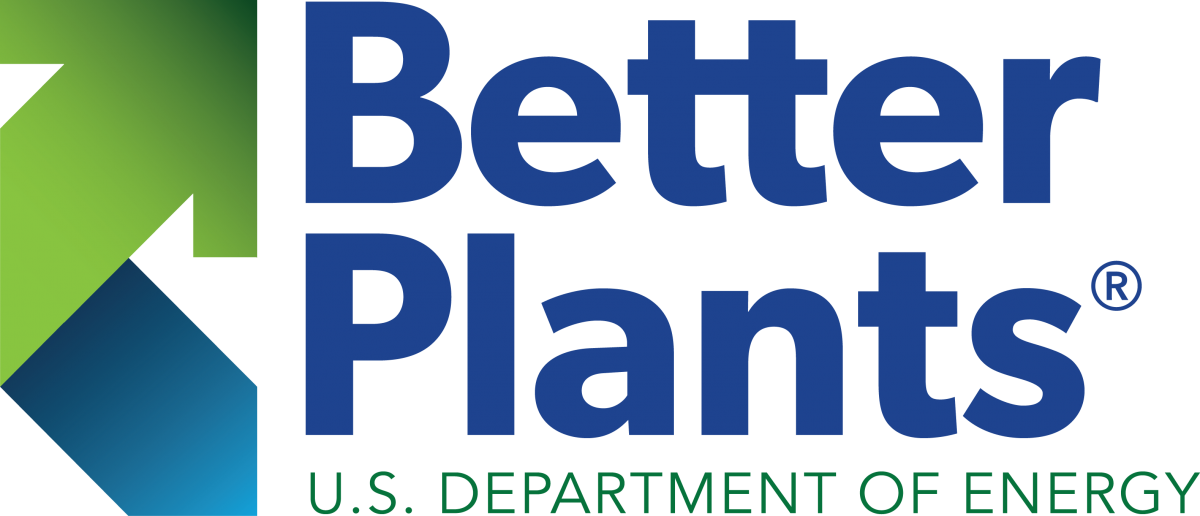Energy Efficiency, GHG Emissions, Industrial - May 26, 2023 - By Better Buildings
Incorporating the Better Plants Steam System In-Plant Training Into Corporate Training and Energy Management Best Practices
To uncover new energy efficiency opportunities, OxyChem hosted a Better Plants In-Plant Training (INPLT) focused on the plant’s steam systems. The training took place over three days at the Ingleside, TX plant and focused on identifying steam system efficiency improvement opportunities across the chlor-alkali production process.
So far, the OxyChem Ingleside facility has identified and implemented multiple opportunities during the INPLT that will reduce the plant’s energy usage by 132,000 MMBTUs of natural gas and GHG emissions by 7,000 metric tons of CO2 equivalent (CO2e) annually. Additionally, training materials from the INPLT have been incorporated into corporate learning modules as part of OxyChem’s Engineering Training & Development program. By applying the training across the company, OxyChem continues to uncover more opportunities for steam energy reduction projects across its operations.
Policies
OxyChem established mid-term sustainability goals for 2025 to reduce annual steam use by 817 million pounds, energy use by 326,000 MMBTUs of natural gas, and emissions by 187,000 Metric tons of CO2e. These goals will accelerate progress toward the company’s 2040 goal of achieving net-zero carbon emissions. As part of OxyChem’s sustainability efforts, the company joined the DOE Better Plants program to identify opportunities to reduce corporate energy consumption.
Process
After the completion of the INPLT at the Ingleside plant, the steam system training information was shared across the OxyChem manufacturing group. The company’s Engineering and Training Department integrated the DOE Better Plants INPLT training on steam systems into their engineering training modules, which all new hire engineers and interns are required to complete as part of the onboarding process. Developing the internal training modules from the steam system INPLT was performed by OxyChem’s corporate training team and the technical engineer from the OxyChem Ingleside plant. It took approximately six months to incorporate the INPLT training and add information on steam systems into the corporate engineering training program. Additionally, supervisors worked with engineering interns to assign projects at other plants based on specific energy savings measures presented during the Better Plants INPLT.
Measuring Success
OxyChem captures energy reduction opportunities in their capital project approval forms and includes information on GHG emission reductions. The sustainability impacts of potential capital projects are evaluated and approved by executive leadership. Tools used in the Better Plants INPLT, including the steam system assessment tool within the Manufacturing Energy Assessment Software for Utility Reduction (MEASUR) suite, are used in the modeling of the energy savings and ROI calculations summarized in the capital project approval form.
Outcomes
Engineers who participated in the DOE INPLT identified several projects, including one that involved the design of a new system to preheat boiler feed water through a heat exchanger on the ethylene unit thermal oxidizer. Additionally, there were multiple steam trap improvement projects implemented as a result of the INPLT. Combined, the projects are projected to reduce natural gas by 300,000 MMBTUs, equal to over 20,000 metric tons of CO2 emissions annually. These results account for 16% of OxyChem’s 2025 energy reduction goal and 10% of its 2025 GHG emissions goal.
The Better Plants INPLT trained OxyChem engineers to be able to review plant steam systems across the organization and develop opportunities to incorporate diagnostic equipment and modeling tools into new process changes that will reduce energy usage while increasing steam production. OxyChem has replicated several of the best practices and opportunities discovered at Ingleside to seven other sites. The INPLT’s findings on ways to improve the efficiency of their steam systems are now part of the onboarding process training for new hires and interns.
This column originally appeared as a blog on the Better Buildings website.
 The Better Plants program works with leading U.S. manufacturers and wastewater treatment agencies to set ambitious energy, water, waste, and carbon reduction goals and commit to reducing energy intensity by 25% over a 10-year period across all U.S. operations. By partnering with industry, the Better Plants program aims to help leading manufacturers boost efficiency, increase resilience, strengthen economic competitiveness, and reduce their carbon footprint through improvements in energy efficiency.
The Better Plants program works with leading U.S. manufacturers and wastewater treatment agencies to set ambitious energy, water, waste, and carbon reduction goals and commit to reducing energy intensity by 25% over a 10-year period across all U.S. operations. By partnering with industry, the Better Plants program aims to help leading manufacturers boost efficiency, increase resilience, strengthen economic competitiveness, and reduce their carbon footprint through improvements in energy efficiency.
Read These Related Articles:
Stay Up-To-Date












